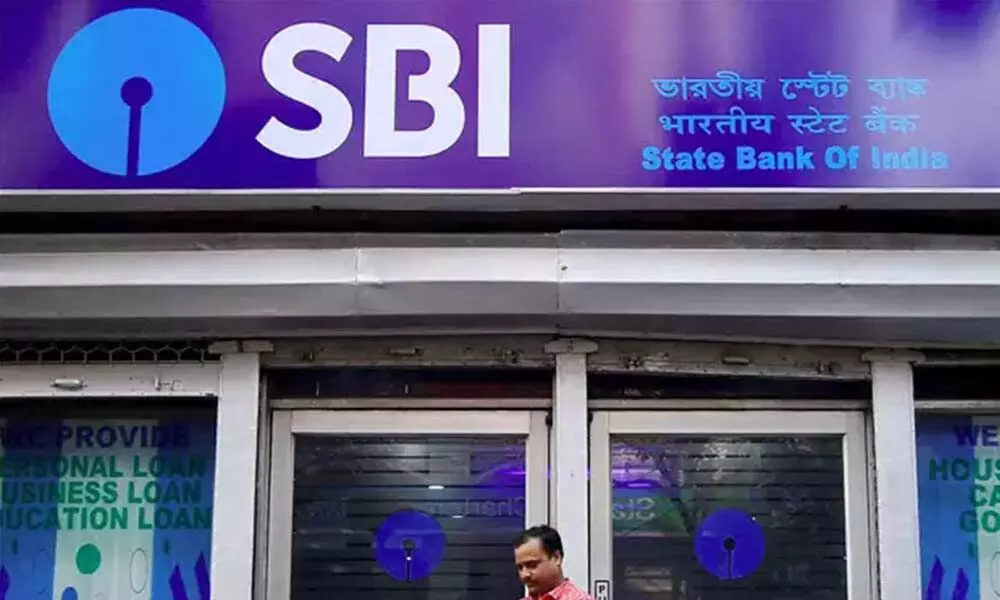SBI Ecowrap bats for weekly OMO of Rs. 10k cr
SBI’s research wing, Ecowrap has suggested for announcing a weekly outright OMO calendar of Rs 10,000 crore till March end. Citing the reason behind it, the study says that OMO
image for illustrative purpose

Mumbai: SBI's research wing, Ecowrap has suggested for announcing a weekly outright OMO calendar of Rs 10,000 crore till March end. Citing the reason behind it, the study says that OMO (open market operations) in illiquid security will help shorters (hedgers) to get relieved of those holding in OMO and unwinding of short position will happen, if the selling pressure is matched by an equivalent or better buying pressures from the market participants.
During the first half of the current fiscal, bond yields were mostly below 6 per cent on the back of effective yield management by RBI.
However, all this changed after the Budget when the Government upped its borrowing programme for the current fiscal and has announced an aggressive one for FY22. With just over a month left in FY21, the market is still expecting a consolidated borrowing amount of more than Rs 2.5 lakh crore as per the auction calendar of Centre & States. The average increase in G-sec yields across 3,5 & 10 years is around 31 basis points since the Budget. AAA Corporate bond and SDL spreads have jumped by 25-41 basis points during this period. While this significant increase in bond spreads is a manifestation of the nervousness of market players, we believe the central bank will have to resort to unconventional tools to control the surge in bond market yields, the report says.
This is important as any further upward movement in G-sec yields even by 10 bps from the current levels could usher in MTM losses for banks that could be a minor blip of a rather wise exceptional year in FY21 bond markets with the RBI assiduously supporting debt management of the Government at lowest possible cost in 16 years, that otherwise could have threatened financial stability. In fact, RBI strategy of devolving on the primary dealers may have its limitations as Standalone PDs account for 15-16 per cent of secondary market share that may not be enough to move the market. This share has remained broadly consistent over long period despite excessive market volatility.
"We believe one of reasons for the recent surge in yields might be short selling by market players. While going short or long are typical market activities that aid in price discovery, but in times it can result in price distortions too as it might be happening now," says Soumya Kanti Ghosh, group chief economic advisor, SBI. The strategy of short selling involves the sale of a security which the seller has not yet purchased but borrows the security from others in the market through the CROMS platform of CCIL. The banks and the primary dealers resort to short selling when their view is bearish - that is, the prices of the bond will fall and the yield will rise. They make money if the bond prices drop and yields rise, and over a point of time this could become a self-fulfilling prophecy as such short sellers keep on rolling over their borrowed security from the repo market till the time they believe that yields will continue to rise. The only way to break such self-fulfilling expectations is for RBI to conduct largescale OMOs to provide necessary steam to bond market to rally and with increase in price, many short sold positions will trigger stop losses and market players will scramble to cover open positions. This will hasten a rapid fall in yields over a short period of time, he added.

